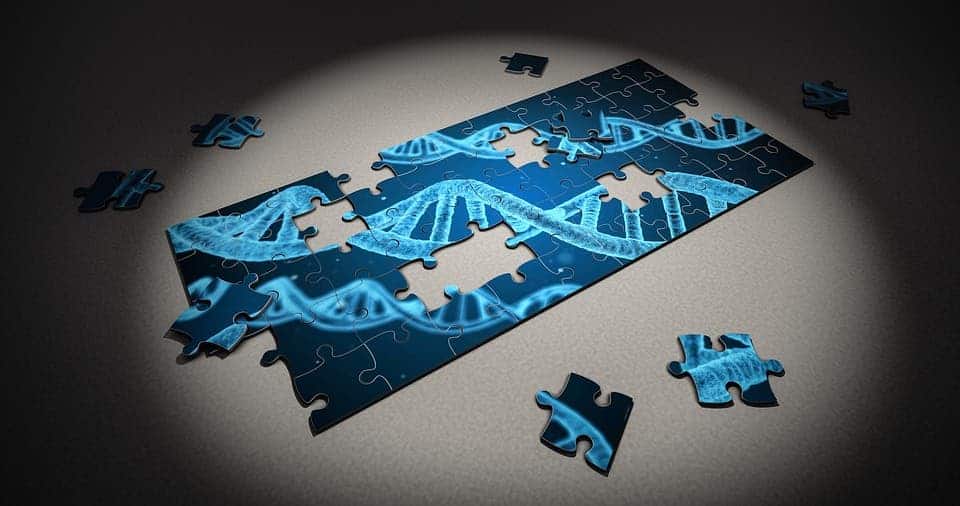A new cellular gene-silencing mechanism has been identified and could hold the key to safer in vitro fertilization, even the cloning of animals.

We each inherit two working copies of most genes from our parents, one from the maternal and one from the paternal side. But for a tiny minority of genes, or allele, only one copy can be allowed to function while the other remains inactivated from inception until the moment we die. This mechanism is called imprinting, and faulty imprinting can cause a host of genetic syndromes, such as Angelman’s (too much imprinting, so both genes are inactivated) or Beckwith-Wiedemann syndrome (too little imprinting, so both alleles are expressed).
Imprinting is why a lion and a tiger can have two types of offspring. If the female is lion, the couple will sire a tigon, which generally-speaking are smaller than both the parent species. But if the female is a tiger, they will sire a liger — which is much larger in general than any of the initial two. The differences in size and appearance come down, in part, to imprinting differences in maternal- and paternal-inherited genes.Usually, imprinting takes place naturally during inception, through a process called methylation — basically, methyl groups are added to a gene to shut it down.
But in artificial fertilization methods, such as in vitro for humans or straight-up cloning of mammals, imprinting can sometimes be faulty or bypassed altogether. However, a new discovery from the Howard Hughes Medical Institute might hold the key to reversing faulty imprinting. The team, whose correspondent author is Investigator Yi Zhang, found another mechanism cells can use to silence imprinted genes — by attaching specially-modified proteins called histones to the problematic alleles.
These genes are histone-y
The researchers succeeded in shutting down the activity of some imprinted genes in mice by modifying a histone known as H3K27 to carry methyl groups. They also identified 76 genes in mice that likely belong to the imprinted gene group, which is a pretty big number: until now, roughly 150 imprinted genes have been found in mice and roughly half that in humans.
There’s still a lot of work to be done on imprinting, Zhang says, but finding a second mechanism underpinning it just goes to show how important imprinting is from evolution’s point of view. It’s possible that the one the team describes in their paper evolved as a back-up to catch any improperly-imprinted alleles before they can cause any damage.
Imprinting disorders seem to develop more often in children conceived in vitro or through similar methods, the paper notes. It’s still unclear as to why. It could be that imprinting problems are inherently tied to infertility itself, or it may well be that these procedures somehow interfere with imprinting and we just don’t know it yet. But Zhao thinks their findings could give hope to couples who’re having difficulties conceiving and are pursuing assisted reproductive technologies that their child will be healthy.
Furthermore, improper imprinting could be why we’ve had so little success in cloning a healthy animal. Usually, the process requires that imprinting marks be scrapped in the precursor cells and then re-added in the eggs and sperm. Previous research lends weight to the idea that even minor bugs in this erase-rewrite phase can have dramatic effects on the development of clone embryos.
“The new imprinting mechanism may eventually offer a target for treating such developmental failures,” Zhang concludes.
The paper “Maternal H3K27me3 controls DNA methylation-independent imprinting” has been published in the journal Nature.


